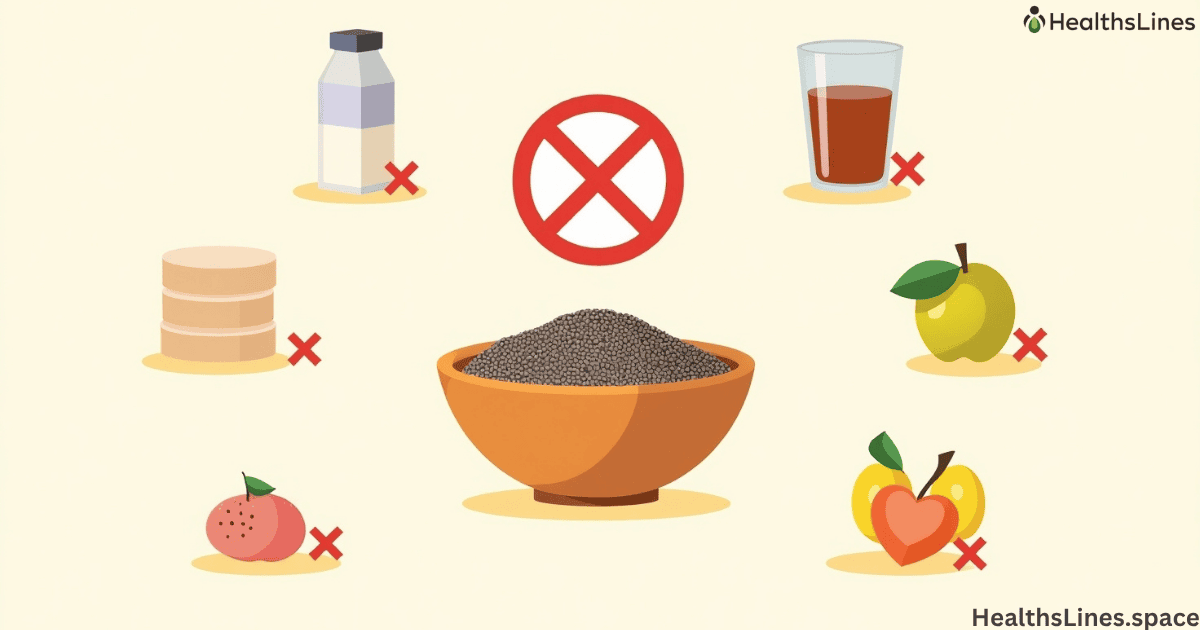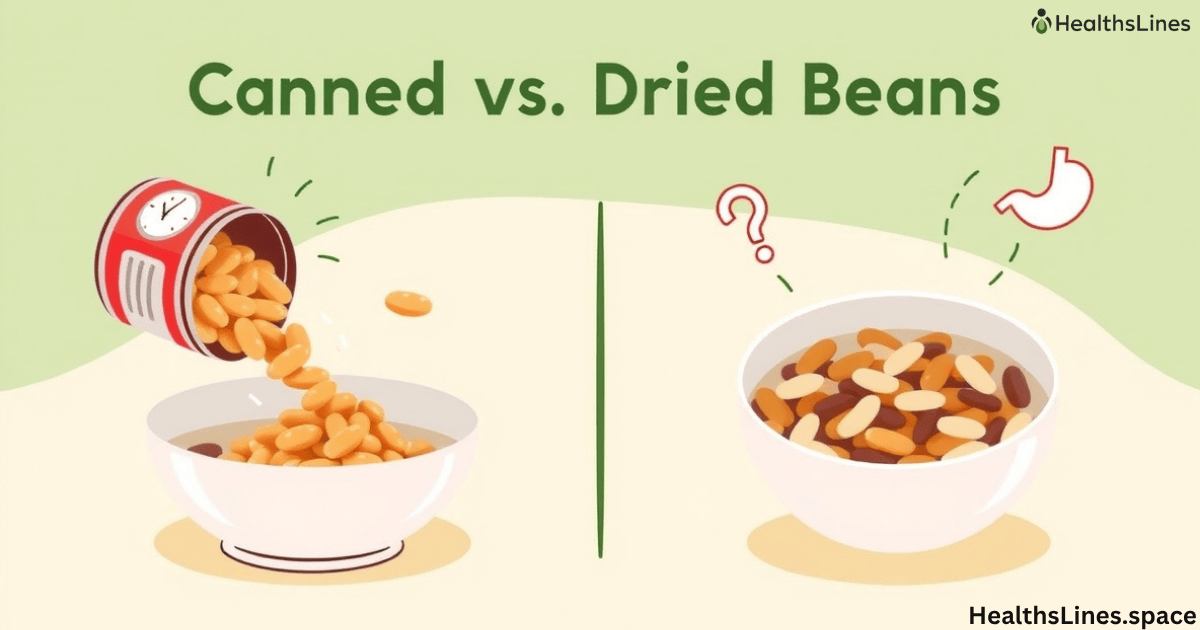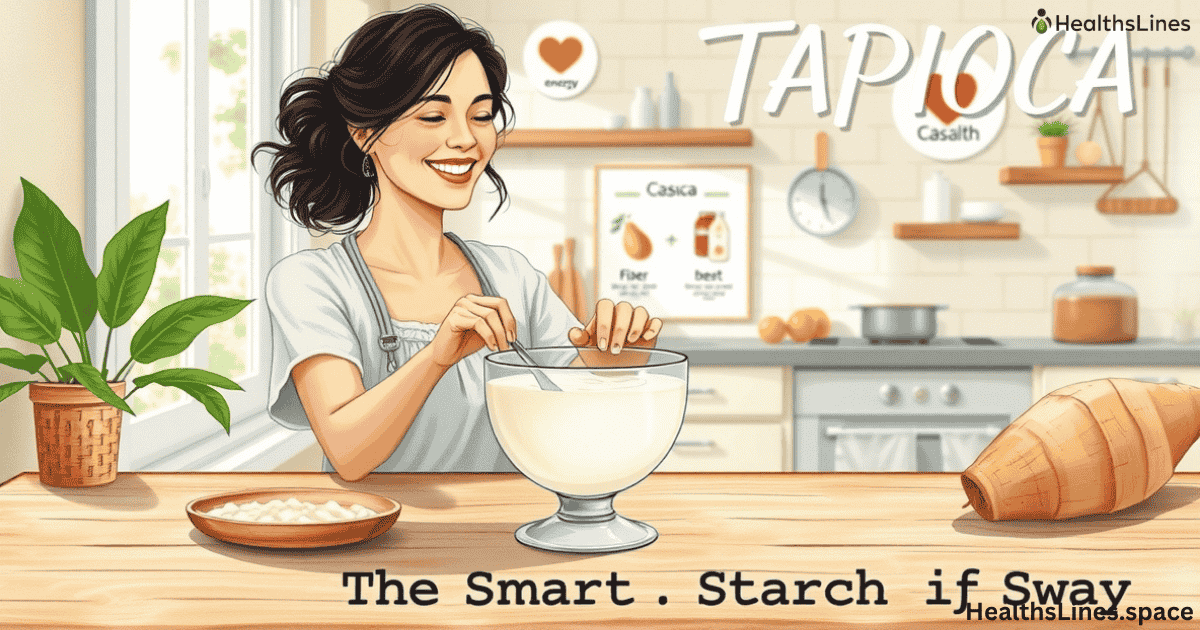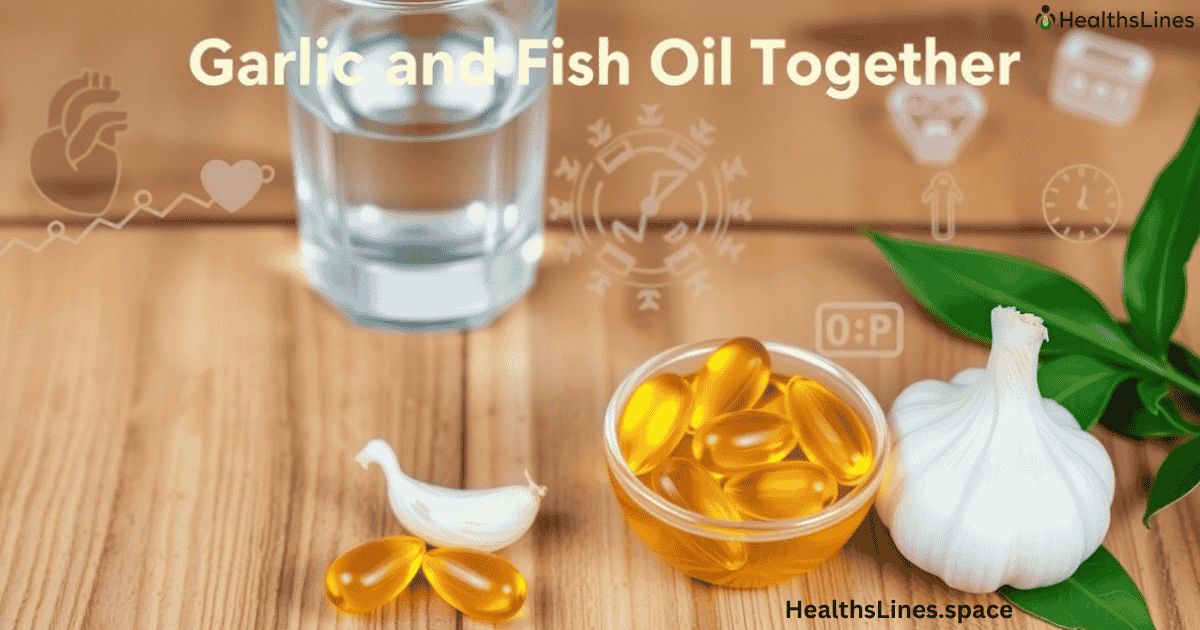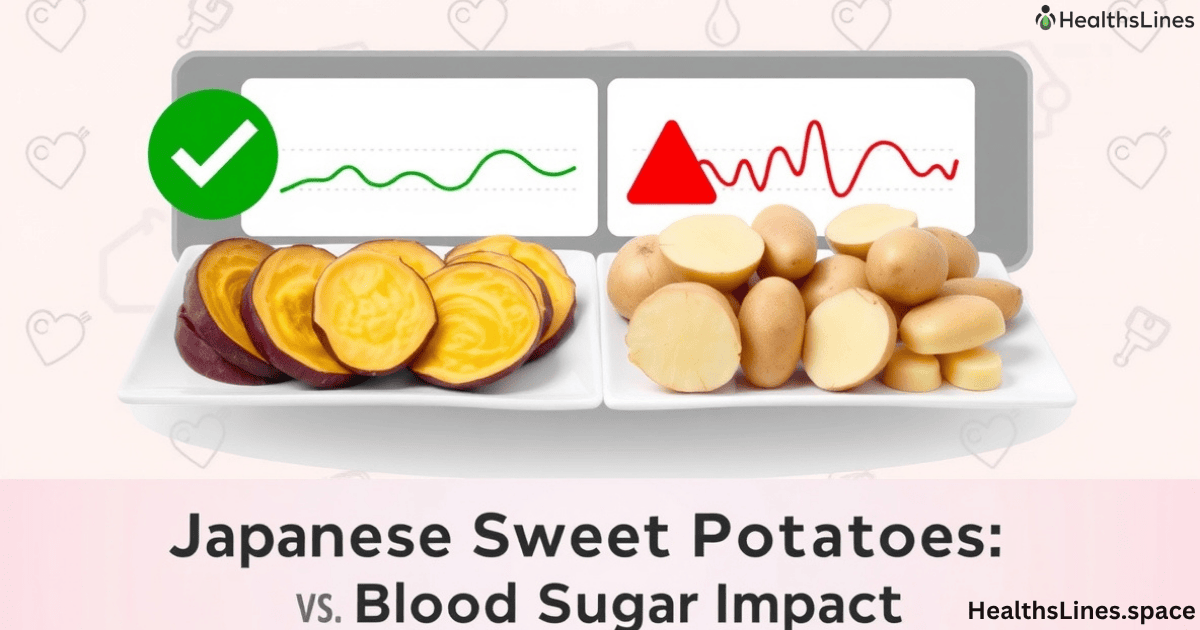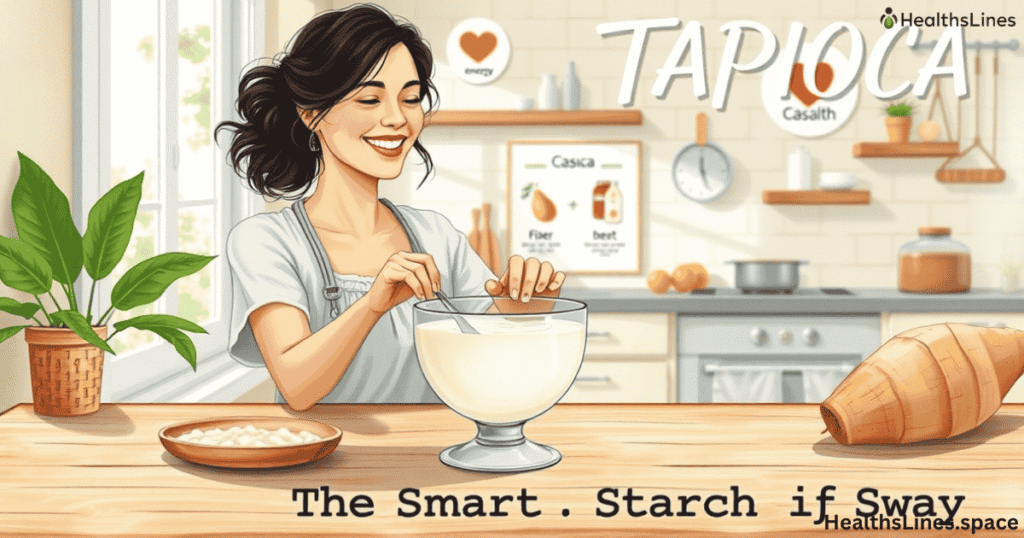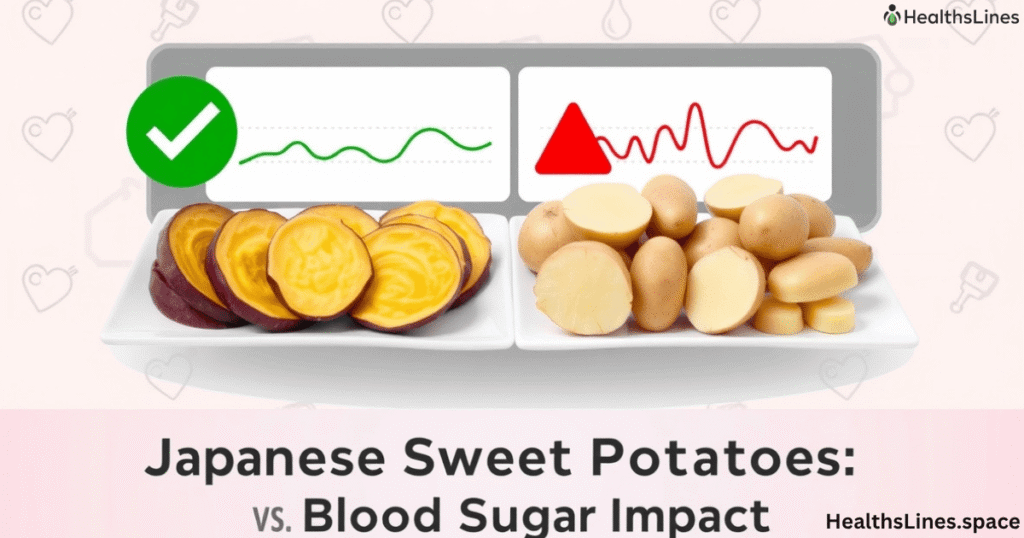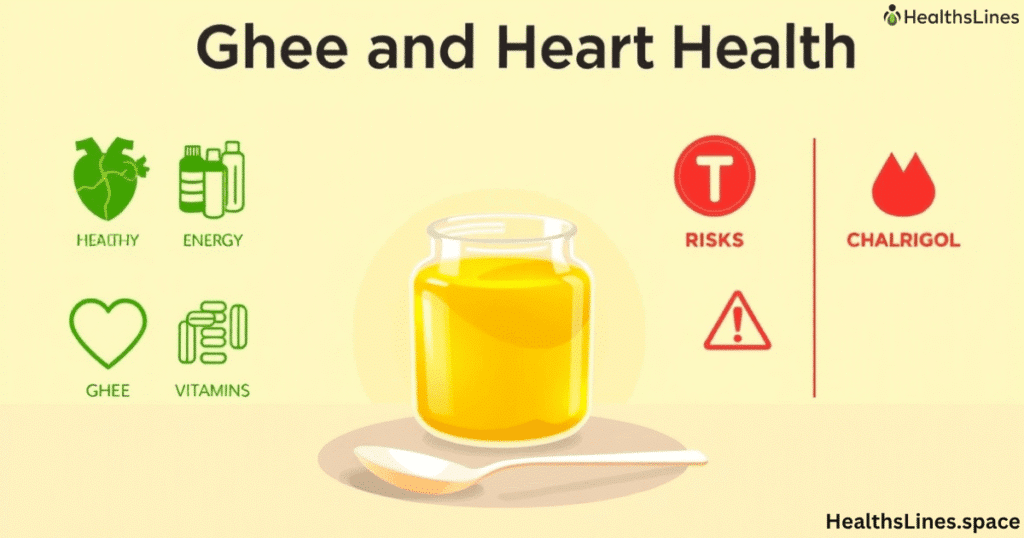Chia seeds are small, but they are full of good nutrition. Many people add them to smoothies, yogurt, oatmeal, or baked foods Foods to Avoid Mixing With Chia Seeds. They give your body healthy fats, fiber, protein, and minerals like calcium and magnesium. Even though chia seeds are healthy, they are not always safe to eat with certain foods. Some food combinations can upset your stomach, block your body from using certain nutrients, or even cause choking in rare cases.
This is because chia seeds act like little sponges. They soak up water and swell into a gel-like shape in your stomach. This can slow digestion, which can be good for blood sugar levels. But if you mix them with foods that are already hard to digest, very fibrous, or produce a lot of gas, your stomach may not feel happy. Knowing which foods to avoid mixing with chia seeds will help you enjoy their benefits without side effects.
Why Some Food Combinations With Chia Seeds Can Be a Problem
Chia seeds contain soluble fiber. This type of fiber attracts water and turns into a gel when wet. This gel moves through your stomach and intestines slowly. That is why chia seeds can make you feel full for longer and help with steady energy. But this slow movement also means that mixing chia seeds with certain foods can make digestion harder.
Some foods already have a lot of fiber, antinutrients, or plant chemicals that are hard to break down. When these foods meet chia seeds in your stomach, the total fiber load can be too high. This may cause bloating, gas, constipation, or even diarrhea. In other cases, chia seeds can block your body from taking in certain minerals like calcium or iron if you eat them with foods that have the same mineral-blocking compounds.
The swelling power of chia seeds can also be risky if you eat them dry with little liquid. This can happen with some snack mixes or cereals. In extreme cases, this swelling can make swallowing difficult. That’s why it’s important to know which foods don’t work well with chia seeds.
Foods to Avoid Mixing With Chia Seeds
1. Dry Granola Without Soaking the Seeds First
Dry granola and chia seeds can be a bad mix if the chia seeds are not soaked first. Both are dry and both can soak up water. If you eat them together without enough liquid, the chia seeds will swell in your throat or stomach. This can feel heavy, cause pain, and make swallowing hard. People who already have trouble swallowing are at higher risk for choking.
The safer way to eat chia seeds with granola is to soak the seeds in milk, yogurt, or water for at least 20 to 30 minutes before eating. This lets them absorb liquid outside your body, so they are soft and gel-like when you eat them. Not only is this safer, but it also makes your breakfast smoother and easier to chew.
2. Flax Seeds in the Same Meal
Flax seeds are also rich in fiber, omega-3 fats, and antioxidants, just like chia seeds. But eating them together in the same meal can give you too much fiber at once. Your gut bacteria will try to break down all that fiber, and in doing so, they make gas. Too much gas can cause bloating, cramps, and discomfort.
Instead of eating them together, try having chia seeds at one meal and flax seeds at another. For example, you could make chia pudding for breakfast and add ground flax seeds to your salad or soup at lunch. This way, you still get the benefits of both seeds, but your stomach has time to handle the fiber slowly.
3. Beans and Lentils in Large Quantities
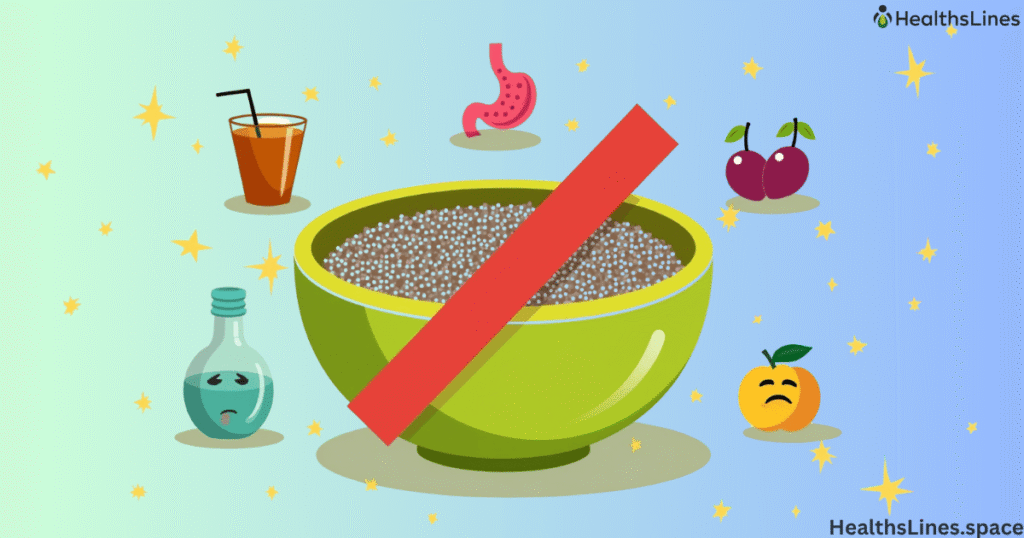
Beans and lentils are healthy and full of plant protein and fiber. They are good for your heart and can keep you full for hours. But they also have antinutrients like lectins and phytates. These can make digestion slower and block your body from absorbing some minerals. If you mix beans or lentils with chia seeds, the fiber and antinutrients from both foods combine. This can be hard on your stomach and may cause gas, bloating, and heaviness.
If you want to eat both in the same day, keep the servings small. Also, soak beans and lentils before cooking them. This soaking helps lower the level of antinutrients and makes them easier to digest.
4. Cruciferous Vegetables (Raw)
Cruciferous vegetables include broccoli, cauliflower, cabbage, kale, and Brussels sprouts. These vegetables are very healthy. They give you vitamins, minerals, and special plant compounds that can help protect against disease. But raw cruciferous vegetables have a sugar called raffinose. Your body can’t digest raffinose in the small intestine. Instead, it moves to the large intestine, where bacteria break it down and produce gas.
If you eat raw cruciferous vegetables with chia seeds, the combination can create a lot of gas. This can make your stomach swell and hurt. The simple solution is to cook these vegetables before eating them with chia seeds. Cooking breaks down raffinose and makes the vegetables easier to digest.
5. Carbonated Drinks
Carbonated drinks like soda, sparkling water, or energy drinks have bubbles made from carbon dioxide gas. When you drink them, the gas is released in your stomach. Chia seeds expand when they soak up liquid. If you have both at the same time, the gas from the drink and the swelling from the chia seeds combine. This can make your stomach feel very full and tight. You may also burp a lot or feel bloated.
If you are eating chia seeds, it’s better to drink still water, fresh juice, or herbal tea instead. This will keep your stomach more comfortable.
6. High-Oxalate Foods (Like Spinach)
Chia seeds have oxalates, which are natural plant compounds. Oxalates can bind with calcium in your body and form crystals. For most people, this is not a problem. But in people who are at risk for kidney stones, eating too many oxalates can be dangerous. Spinach, beets, and Swiss chard are all high in oxalates. Mixing these foods with chia seeds can make the oxalate load even higher.
If you are worried about kidney stones, pair chia seeds with low-oxalate foods instead. These include bananas, cucumbers, lettuce, and dairy products. Cooking high-oxalate vegetables like spinach can also reduce the oxalate level.
7. Very Sugary Foods or Desserts
Chia seeds are often added to puddings, jams, and desserts. While this can be tasty, mixing them with foods high in sugar can cause problems. Sugar can speed up how quickly the fiber in chia seeds ferments in your gut. This can cause gas, bloating, or even diarrhea. Very sugary meals can also cancel out some of the health benefits of chia seeds, especially for blood sugar control.
If you want to make a sweet chia recipe, try using fruit, honey, or a small amount of natural sweetener instead of lots of sugar. This way, your dessert is still healthy and your stomach will thank you.
How to Eat Chia Seeds Safely and Comfortably
To get the best out of chia seeds, always prepare them the right way. Soak them in liquid before eating so they can expand fully outside your body. A good rule is six parts liquid to one part chia seeds. Let them soak for at least 20 to 30 minutes, or overnight for an even better texture.
Start small if you are new to chia seeds. Begin with one teaspoon a day and slowly increase to one or two tablespoons. Pair them with foods that are easy to digest, such as ripe fruit, yogurt, or smoothies. Avoid mixing them with very fibrous, dry, or gassy foods in the same meal. This will help you avoid stomach problems while still getting the benefits.
What This Means for Your Diet

Chia seeds are powerful, but they should be eaten wisely. By avoiding certain food combinations, you protect your digestion and make sure your body can use all the nutrients. Think of chia seeds as a helpful addition to your meals, not something to mix with everything. When paired well, they can support heart health, keep you full longer, and give you steady energy.
The table below shows the main foods to avoid mixing with chia seeds and better options to try instead.
Table: Foods to Avoid With Chia Seeds and Safer Choices
| Food Combination | Main Problem | Better Choice |
| Dry Granola | Seeds swell and can cause choking | Soak seeds first |
| Flax Seeds | Too much fiber at once | Eat in separate meals |
| Beans & Lentils | Gas, bloating from fiber and antinutrients | Soak beans before cooking |
| Raw Cruciferous Veg | Gas from raffinose | Cook vegetables first |
| Carbonated Drinks | Gas and stomach pressure | Drink still water or tea |
| Spinach & Other High-Oxalate Foods | Higher kidney stone risk | Pair with low-oxalate foods |
| Very Sugary Foods | Rapid fermentation of fiber | Use less sugar, add fruit |
Conclusion
Chia seeds are one of nature’s best superfoods. They are full of healthy fats, fiber, and minerals that your body needs. But they work best when paired with the right foods. Avoid mixing them with dry granola, flax seeds, beans and lentils, raw cruciferous vegetables, carbonated drinks, high-oxalate vegetables, and very sugary foods. Prepare them properly by soaking, start with small amounts, and pair them with gentle, healthy foods. This way, you can enjoy all the good things chia seeds offer without stomach problems.
